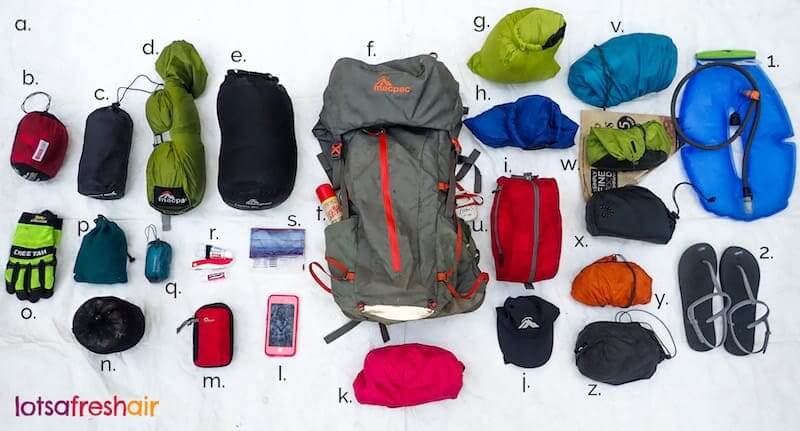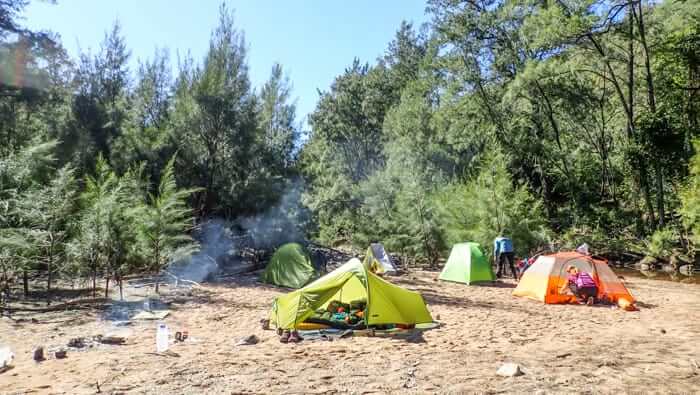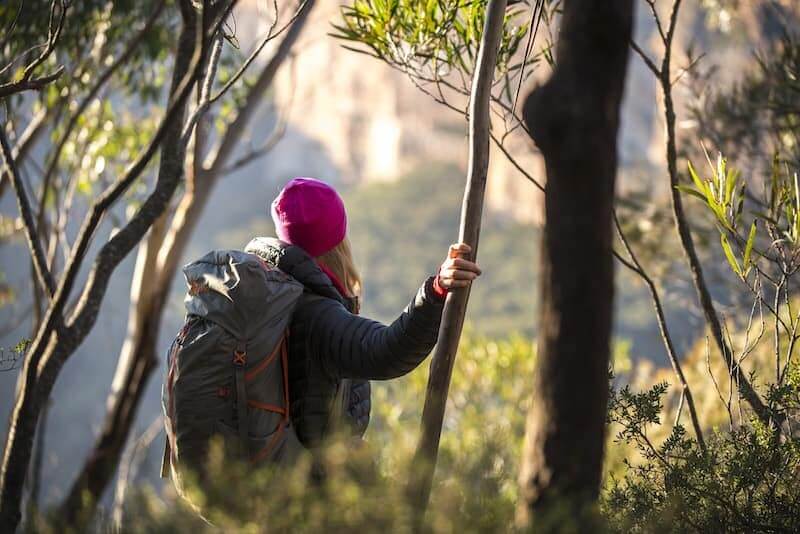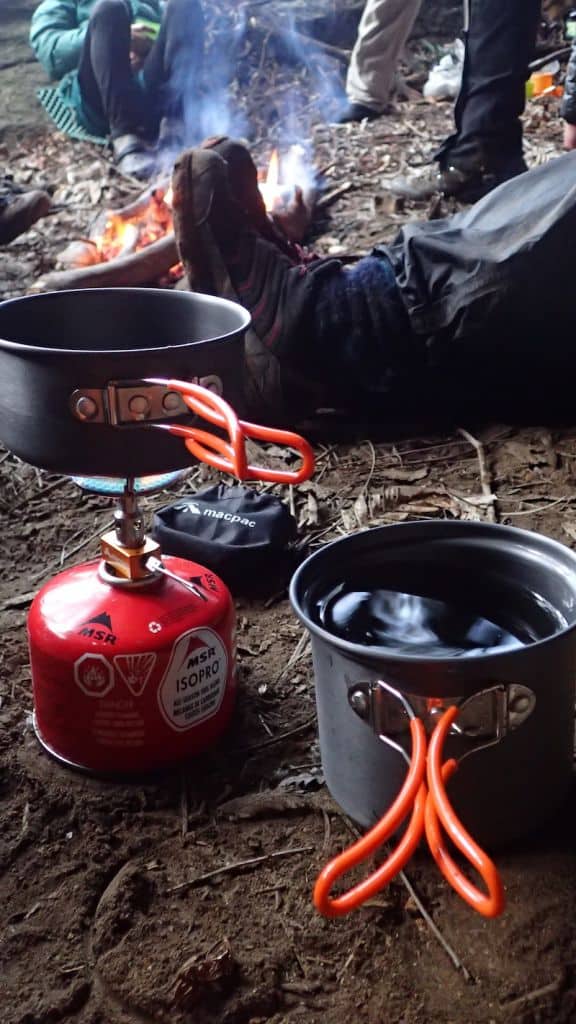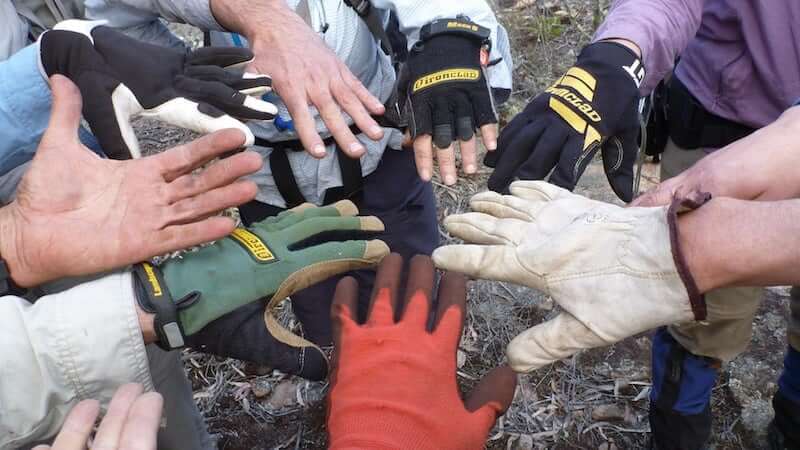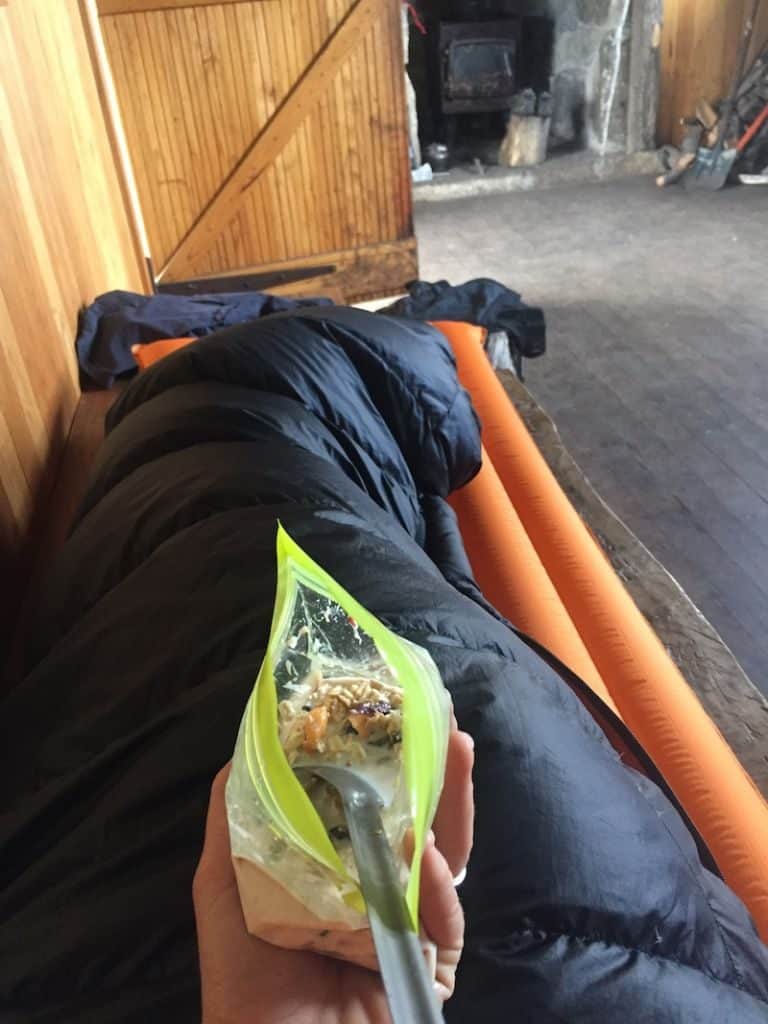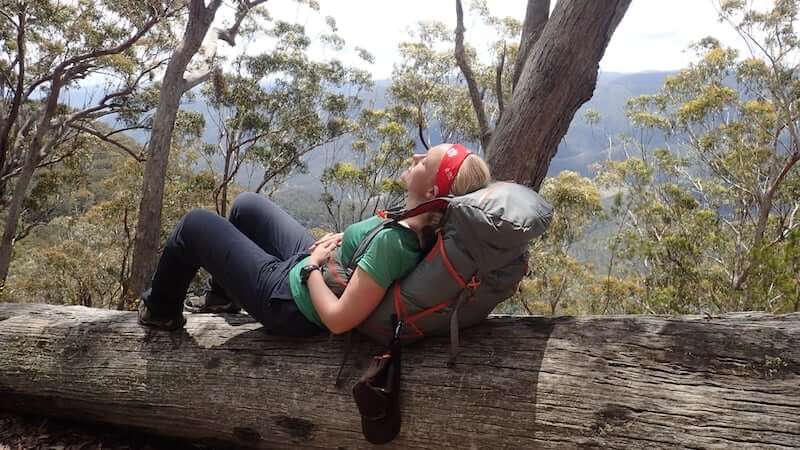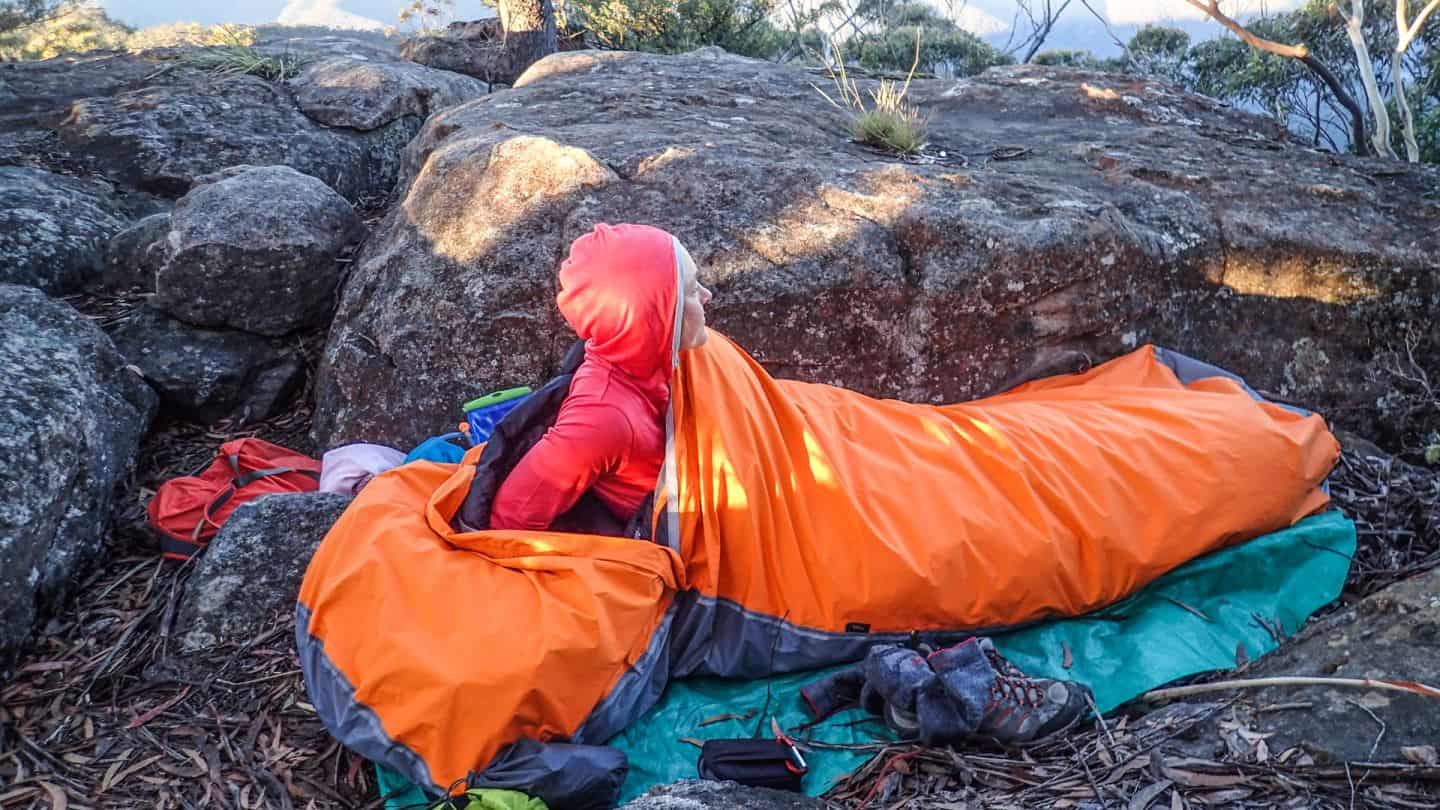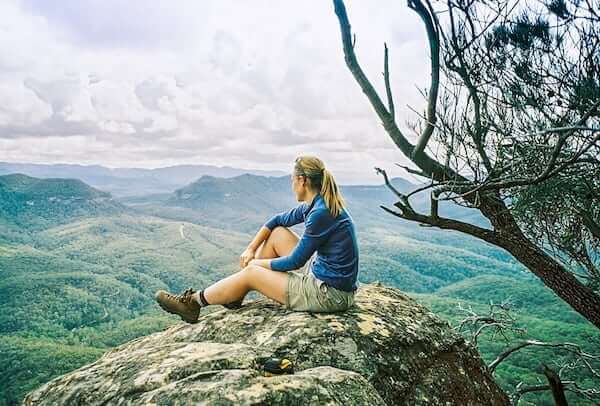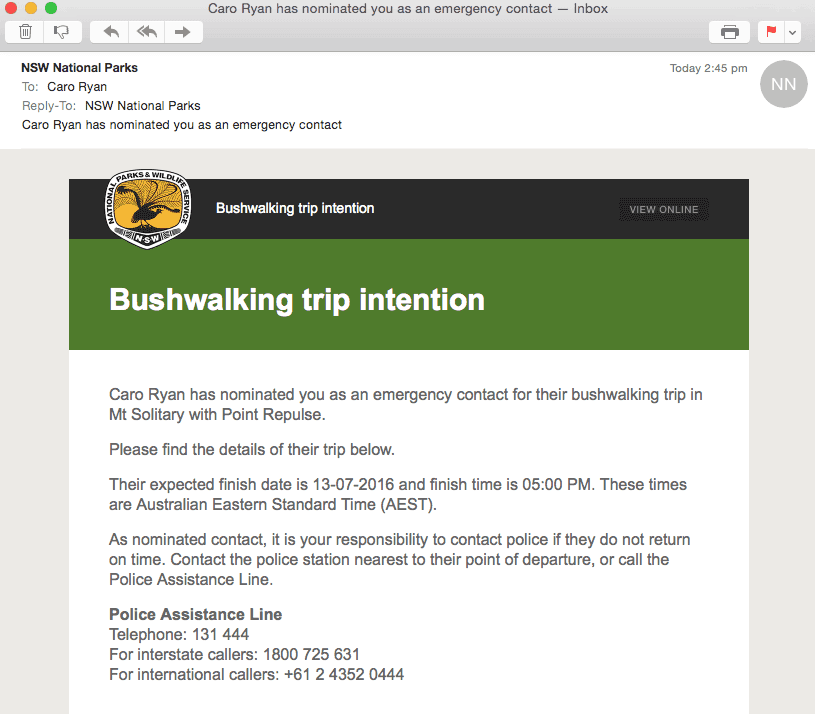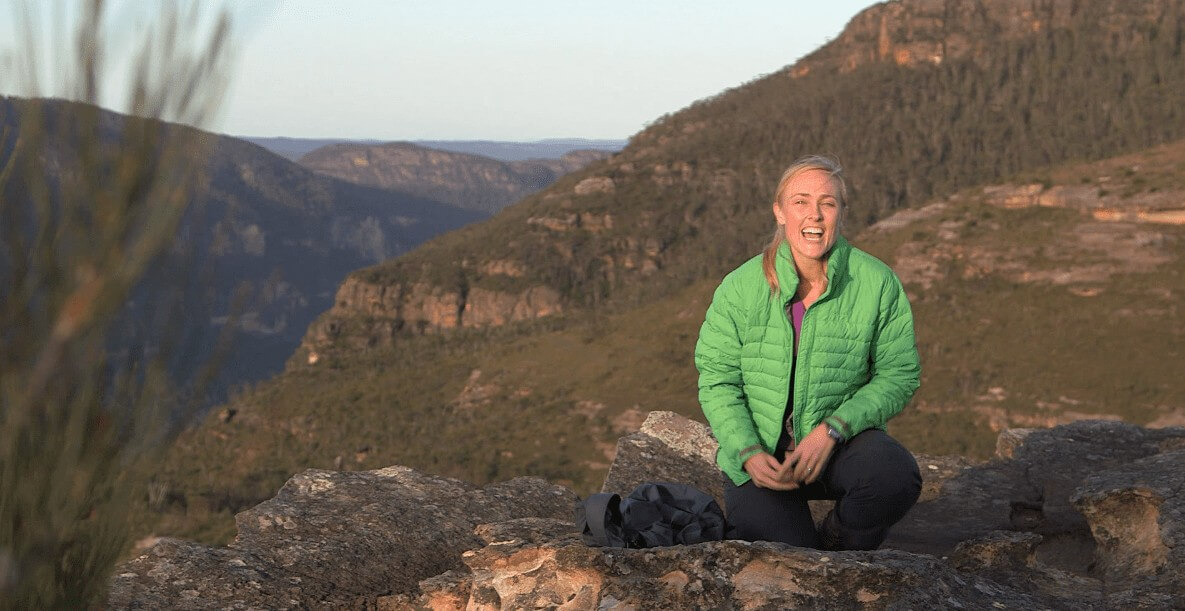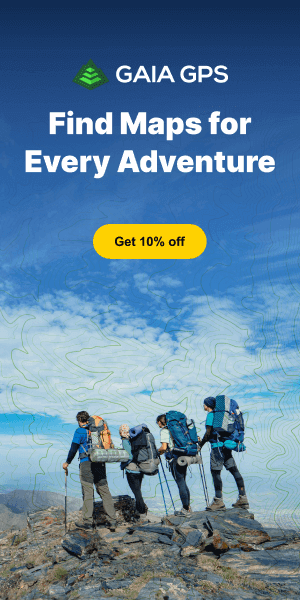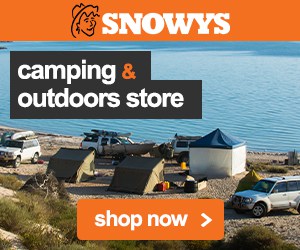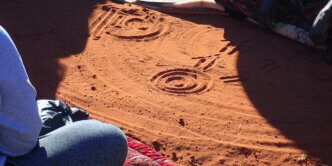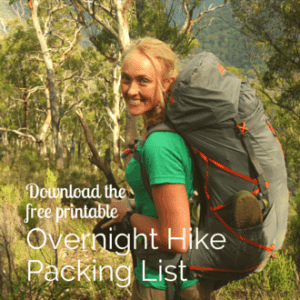There’s something in all of us that’s a bit of a voyeur, right? I love reading blogs and seeing photos from other people’s backpacks and learning how they organise things. It’s great for getting ideas and rethinking how and what to pack for a weekend hike and it’s one of the big questions I get asked, is what to take hiking?
As it’s been a few years since I made my first video for the Lotsafreshair Youtube on How to pack a backpack and things have changed a bit since then, I thought it was time to open the lid (aka The Brain) of my pack once more and let you see inside.
In coming posts I’ll also be sharing in details about what’s inside some of these separate bags, like my first aid kit, so make sure you subscribe to learn about these extra bits and bobs and download some handy checklists for day and overnight hikes.
As a heads-up, some of the links in this post are affiliate links, which means I can earn a small commission from any purchases you may make, but you pay no more.. win-win!
- a. Groundsheet
- b. Sleeping Bag Liner
- c. Sleeping Mat
- d. Tent
- e. Sleeping Bag
- f. Backpack
- g. Thermals
- h. Electronics/warm layer dry bag
- i. First Aid Kit
- j. Hat
- k. Raincoat
- l. Smartphone
- m. Camera
- n. Stove & Pots (The Kitchen)
- o. Scrub Gloves
- p. Headtorch
- q. Pillow
- r. Toiletries
- s. Wallet
- t. Insect Repellent
- u. Sunscreen
- v, w, x, y. Food bags - Breakfast, Lunch, Dinner, Snacks
- z. Toilet Bag
- 1. Water
- 2. Thongs/Camp Shoes
- What can't you see?
a. Groundsheet
I use a 230cm x 120cm sheet of Tyvek as a ground sheet, which weighs in at 220g. This white stuff is superlight, tough, waterproof and has thermal qualities which make it perfect for house insulation… and ground sheets. As I use it with the fly-only option of the tent, you’ll just need to trim the size of the Tyvek down to be just slightly smaller than the floor space so rain doesn’t run off the fly and onto the groundsheet, pooling inside.
b. Sleeping Bag Liner
I use a Sea to Summit Thermolite Reactor Extreme to add extra warmth to my summer sleeping bag (which I’m using here) when still wanting to go lightweight, or when I really need to boost up my winter bag for super chilly trips. For 110g you get up to an extra 15c of comfort.
c. Sleeping Mat
I’ve been using a range of different mats in the last year and am currently with the Nemo Tensor Ultralight Sleeping Pad. Nemo have somehow been able to come up with a great sleeping mat that doesn’t have the scrunchy, scrunchy noise that was a problem with the early models of this style of mat. If you’re looking to buy one, I absolutely recommend going into a store and trying them out on the ground. Rollover, swap sides, see what works for the style of sleeper you are (back, side, belly). If I have a choice, I prefer baffles that run the length of a mat, as I find they give a more comfy night sleep.
d. Tent
So you’re thinking that is the weirdest shape tent you’ve ever seen, eh? Well, it’s the tent fly, poles and pegs only. As this is my trusty Macpac Sololight tent, it is multi-pitch which means I can leave the mesh inner/floor at home and travel lighter. Alternatively, in dry season up north (say on the Jatbula Trail or Kakadu), I can leave the fly at home and just take the mesh inner. Handy! Fly, poles and pegs is 900g. You can read my full review and video of the Macpac Sololight here.
e. Sleeping Bag
I love being cosy in the bush, especially when using fly-only options. This is the Macpac Express 400 which I use for most trips. It weighs 1kg and has recently been replaced by the Overland 400. With tapered Mummy shape (yet with room to move for hippy females like me) and hood it does most Aussie trips year-round for me (except for alpine or deep winter), with or without the liner above to extend the season.
f. Backpack
Ah, my turtle shell. The pack in the main photo above is the Macpac Tasman 45. This was Macpac’s first foray into designing lighter weight contemporary packs to compete in this brave new world. Although they don’t stock it anymore, I’m now totally in love with the Macpac Rhyolite, which is a 47 litre pack with a unique access method. [It’s the pack I thought I should hate, but ended up loving!]
g. Thermals
Have you figured out that I like colour? Apart from being a good contrast against the ground and less likely to be accidentally left behind, using different coloured bags helps me find things quickly and keep gear organised. More importantly, for important (life changing) gear like thermals, I make sure the bag is also a waterproof dry bag. So inside this green dry bag is a pair of thermal bums, thermal (merino) long sleeve top, beanie and dry socks. I actually indulged a few extra inches of space recently when I changed my thermal bottoms to fleece bottoms… oh. So. Good. This is essentially my clothes bag as I don’t bring a change of day clothes for 2 or 3 days. These are my camp/night clothes and depending on the temp I’ll sleep in my thermals… or not. The other thing I’ll keep in this bag is a clean hankie as I’m a devoted no-tissues in the wild person and I’m one of those people whose nose always runs when I’m out walking.
h. Electronics/warm layer dry bag
This bag is usually a little bigger as it normally has my warmth layer – the incredible Macpac Icefall down jacket – in it… I just happened to be wearing it when I took this photo! The other things in this bag are a pair of clean undies and my phone powerbank and cable.
i. First Aid Kit
Since I made the How to Pack video years ago, I’ve started guiding for commercial trekking and hiking companies. This means that my first aid kit needed to grow to manage a wider range of issues and to have enough supplies to cover my clients too. I hunted around to find the right bag to keep it in and have finally settled on a Sea to Summit 3L First Aid dry sack. Check out what’s in my first aid kit here.
j. Hat
It’s personal choice and hats can divide people. I’ve moved to a cap in recent years, making sure that I put sunscreen on my ears and back of neck. Mine is a simple baseball cap style, dark in colour to cut down glare.
k. Raincoat
As this trip was during warmish weather, with good forecast, I only took my lighter rain jacket, being the Macpac Traverse. In winter, alpine or bad forecasts, I’ll take the more robust, lightweight Macpac Prophet. As a side note, the jacket and the ground sheet roll up to fit nicely into the outside front pocket of the backpack.
l. Smartphone
I’ve got an iPhone 11, in a generic waterproof case I bought from eBay. I use it with mapping and navigation apps as well as many other apps that are great (some life-saving) in nature. I also shoot stills with it.
m. Camera
I’ve used Olympus tough TG series cameras for many years and have been happy with how they handle stills, with many of my older YouTube videos also shot on this camera. However, these days, I’ve fallen in love with the stability of the GoPro 10 and this is what I now shoot videos with. For stills, I shoot on either the Olympus Tough TG-5, Canon M50 or my iPhone 11. I’ve also been known to shoot video on my iPhone with a DJI Osmo Mobile Gimbal, as seen in the nice, smooth shots in the Walls of Jerusalem videos.
Solopot set, Micro stove and gas (Macpac)
n. Stove & Pots (The Kitchen)
I love how everything stacks and packs inside itself with this setup. It’s the Solo Pot Set from Macpac, which hides a medium sized (300g) gas bottle, Micro Stove and teensy tiny cigarette lighter. I’ve also squished a Sea to Summit collapsible cup inside and I slide in my extra long titanium spoon into the side of the mesh bag that the pot set comes with. Trust me, the only piece of cutlery you need is one long spoon.
o. Scrub Gloves
These lil’ Cheetahs are actually from Bush Search and Rescue uniform kit, so strictly speaking, I shouldn’t be using them outside of squad operations (shh, don’t tell anyone). However, as my other gloves fell apart, I grabbed the ‘mighty Cheetahs’ as I ran out the door. You can usually pick them up at Bunnings, but if they’re not available, I know a lot of my off-track adventuring friends also use Iron Clad brand gloves with good protective results. I’ll only pack them on a trip that promises some off-track adventures where I want to protect my hands.
p. Headtorch
I bought a headtorch years ago that came in this little green fleece bag. I’ve kept using it ever since as I find it handy with the texture to quickly locate my torch in my backpack by touch, as well as being the perfect stash spot for earplugs and earbuds. I’m currently using a Petzl Actik for its 450 lumens and USB recharge/AAA options.
q. Pillow
OK, so a gals allowed a luxury item or two, right? Well, this is mine. The Sea to Summit Aeros Premium inflatable pillow. For 195g and a few nights experimenting to get the ‘Goldilocks-just-right’ amount of air, I’m now sold.
r. Toiletries
Yep. That’s it. Toothpaste and folding brush and a strawberry Chapstick. Gotta be strawberry. I use a small syringe to refill the teensy toothpaste tube and keep the Chapstick in my hip belt pocket.
s. Wallet
I know it looks like a recycled ziplock bag that Himalayan Rock Salt came in (it is), but it’s also my waterproof wallet for the trail. Classy. It contains my:
- Drivers licence
- Medicare card
- SIM card (alternate carrier on long term pre pay) + iPhone ‘spike’ to switch sim.
- ATM card
- Credit Card
- $20 note
t. Insect Repellent
The bomb proof, actually it would probably survive the bomb, 40% DEET, Bushmans. Not to be used by pregnant women and children… seriously… it’s written on the can!
u. Sunscreen
I picked up a handy hang-it-off-your-pack bottle recently and found that having it readily accessible means that not only am I more likely to use it often, but so are my walking buddies. SPF 30+
v, w, x, y. Food bags – Breakfast, Lunch, Dinner, Snacks
Using simple light weight different coloured stuff sacks, I can easily organise and separate my meals. It means I can easily grab the bag I need at the time and spend the much needed break time resting and eating, rather than digging around forever in my backpack or dealing with plastic bags that tear or fall apart.
z. Toilet Bag
Not to be confused with my breakfast food bag (x)!!, the loo/dunny bag holds my toilet paper (inside a ziploc bag), tampons or menstrual cup and hand sanitiser. You’ll notice that I don’t carry a shovel/spade anymore as I simply use the heel of my boot and a stick to dig a hole for poos.
1. Water
This is a 3 litre Hydration Bladder and I’ve upgraded it to use with an insulated hose (not essential). I’ve tried lots of different types of bladders over the years and keep finding myself coming back to the Source. They seem to last longer than any others and I like the wide neck and detachable hose.
2. Thongs/Camp Shoes
If you’ve got a daughter and live in a city in Australia, chances are you’ll know about Daiso or Miniso. They call themselves, “Japanese Variety Wonderlands”, but I tend to think of them as plastic, chemically laden, landfill stockists. Anyway, if I manage to hold my breath long enough to avoid the chemical smell, I can pick up handy lightweight thongs (flip-flops, jandals, etc) like these with ankle strap for around $5. I’ve replaced my old Crocs with these and like how they can slide down the side of my backpack.
What can’t you see?
- Firelighting kit (deep inside the backpack)
- Swiss army knife (kept in the lunch food back)
- Wine carrier or hip flask
- H20 purifying tablets – Micropur (in pack brain/lid)
- Hair comb (in pack brain)
- Gaiters
- Topo map (in map case) and compass
- Whistle
- PLB – RescueMe (one of my buddies was carrying theirs)
- Zoleo – 2-way satellite communicator
- Small waterproof notepad and pencil
I hope you found this useful! Don’t forget to subscribe to receive my downloadable packing checklists for both day walks and overnight hikes.

